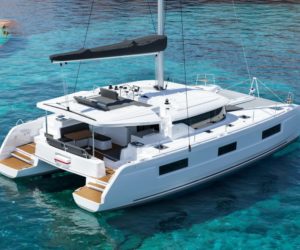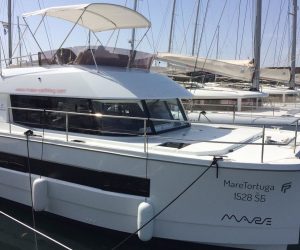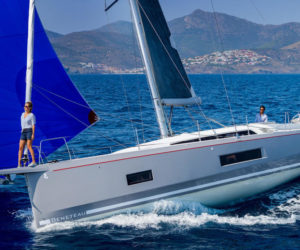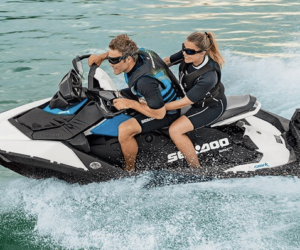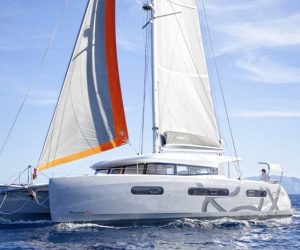Cycle paths in Istria
The best cycle paths in Istria
Parenzana: The historic route
The Parenzana is probably the most famous cycle path in Istria. This 123-kilometre route runs along the former narrow-gauge railway line from Trieste in Italy to Poreč in Croatia. The route is a paradise for leisure cyclists and history buffs. It leads through picturesque villages, green vineyards and over breathtaking viaducts. The Parenzana is particularly suitable for families and beginners, as the majority of the route is on easy-to-navigate paths.
Highlights: The impressive viaducts near Motovun, medieval Grožnjan and the old railway stations along the route.
Suitable for: Pleasure cyclists, families, history buffs
Mountain biking in the Učka mountains
For adventurous and experienced mountain bikers, the Učka Mountains offer challenging trails with spectacular views of the Adriatic Sea and the surrounding islands. The Učka Nature Park offers a variety of routes that lead through dense forests and steep slopes. Sporty riders in particular will get their money’s worth here.
Highlights: The ascent to Vojak, the highest peak in the Učka Mountains, offers an impressive 360-degree view. The descent along the Kamensjak trail is a real adrenaline rush.
Suitable for: Experienced mountain bikers, adventurers
Family-friendly tours around Poreč
Poreč, one of the most beautiful towns in Istria, offers numerous easy and family-friendly cycle paths. The routes lead along the coast and through green landscapes. The circular route from Poreč to Vrsar, which runs along the coast and offers many opportunities for swimming breaks, is particularly popular.
Highlights: The picturesque coastal path from Poreč to Vrsar with its beaches and small bays. The tour is ideal for a relaxed day trip with the whole family.
Suitable for: Families, leisure cyclists
The Via Adriatica: along the coast
The Via Adriatica is part of the long-distance cycle route that covers the entire Adriatic coast of Croatia. The Istrian section leads from Umag in the north via Rovinj to Pula in the south. This route is perfect for anyone who wants to discover the coastal landscapes of Istria. The route offers marvellous views of the sea, picturesque towns and many cultural highlights.
Highlights: The charming towns of Rovinj and Pula, known for their historic buildings and lively atmosphere. The panoramic view of the Adriatic coast is also a highlight.
Suitable for: Long-distance cyclists, those interested in culture, leisure cyclists
The wine route from Buje to Motovun
For wine lovers, the route from Buje to Motovun offers a special experience. This route leads through the famous wine-growing regions of Istria and offers numerous opportunities for tasting local wines. The rolling hills and picturesque villages make the tour a feast for the eyes and the palate.
Highlights: Wine tastings at local wineries, a visit to the medieval town of Motovun, famous for its truffles.
Suitable for: Pleasure cyclists, wine lovers, culture enthusiasts
Experience nature in the Lim Fjord
The Lim Fjord is an impressive nature reserve that is perfect for a bike tour. The cycle path around the fjord offers spectacular views of the turquoise-coloured water and the steep rock faces. This route is ideal for nature lovers and photographers.
Highlights: The panoramic view of the Lim Fjord, the opportunity to take a boat trip or swim in the fjord.
Suitable for: Nature lovers, photographers, families
Our summary
Istria offers the right experience for every cyclist. Whether you prefer relaxed tours through the vineyards, exploring historical routes or want to push yourself on challenging trails – you’ll find the perfect route on the Istrian peninsula. Pack your bike and discover Istria on two wheels!

